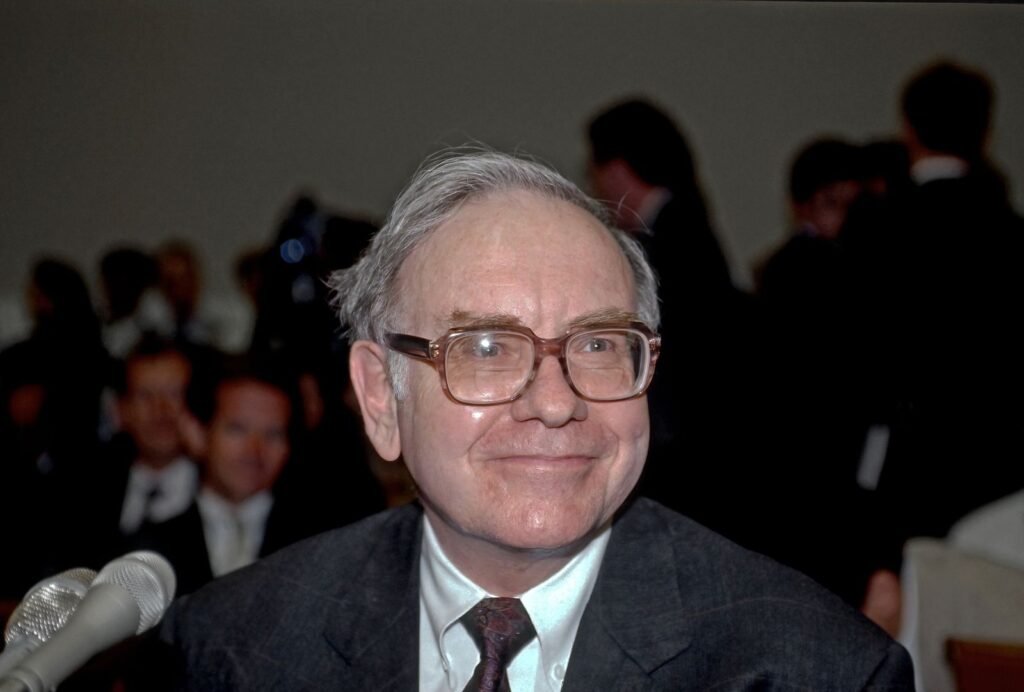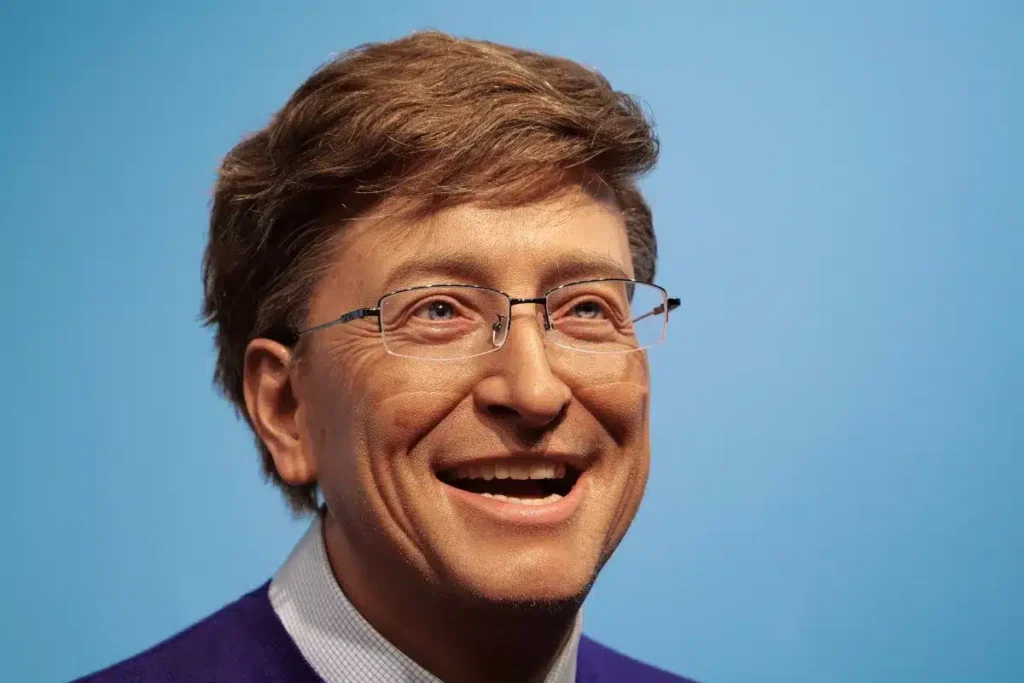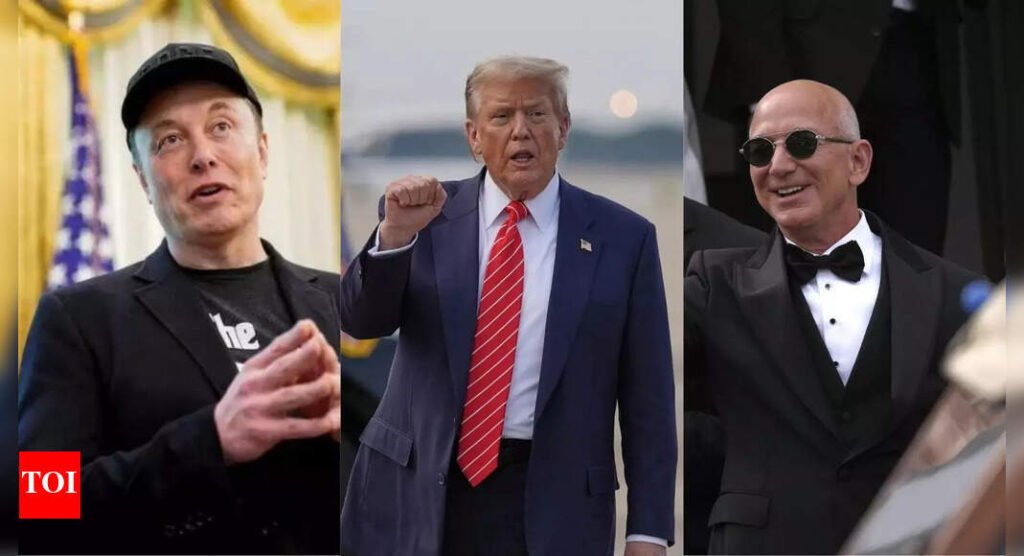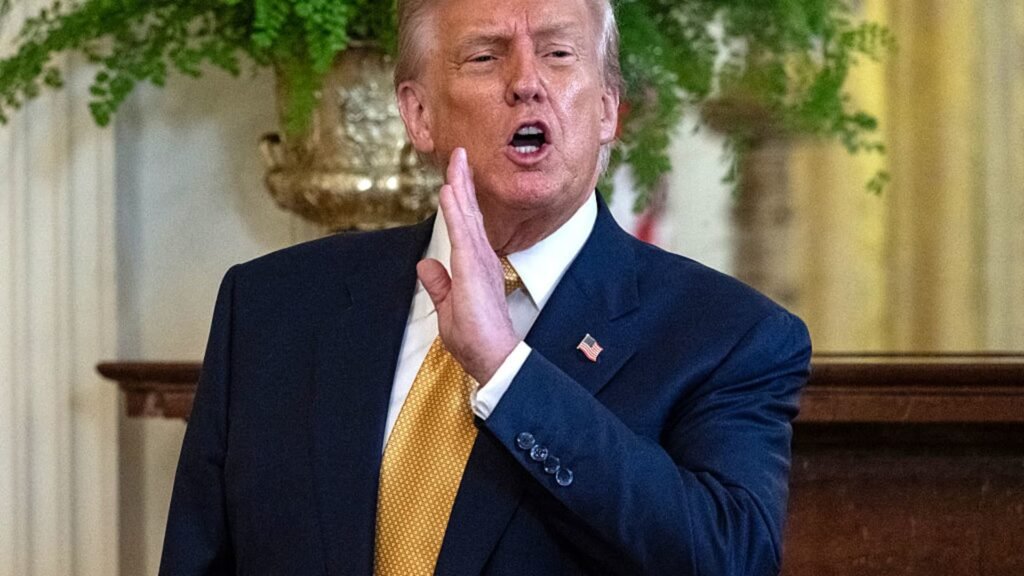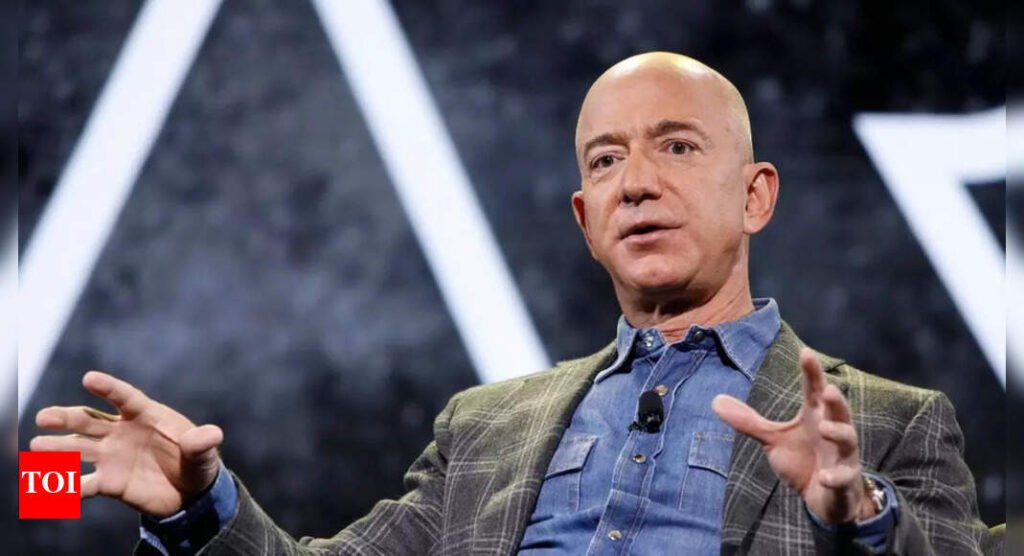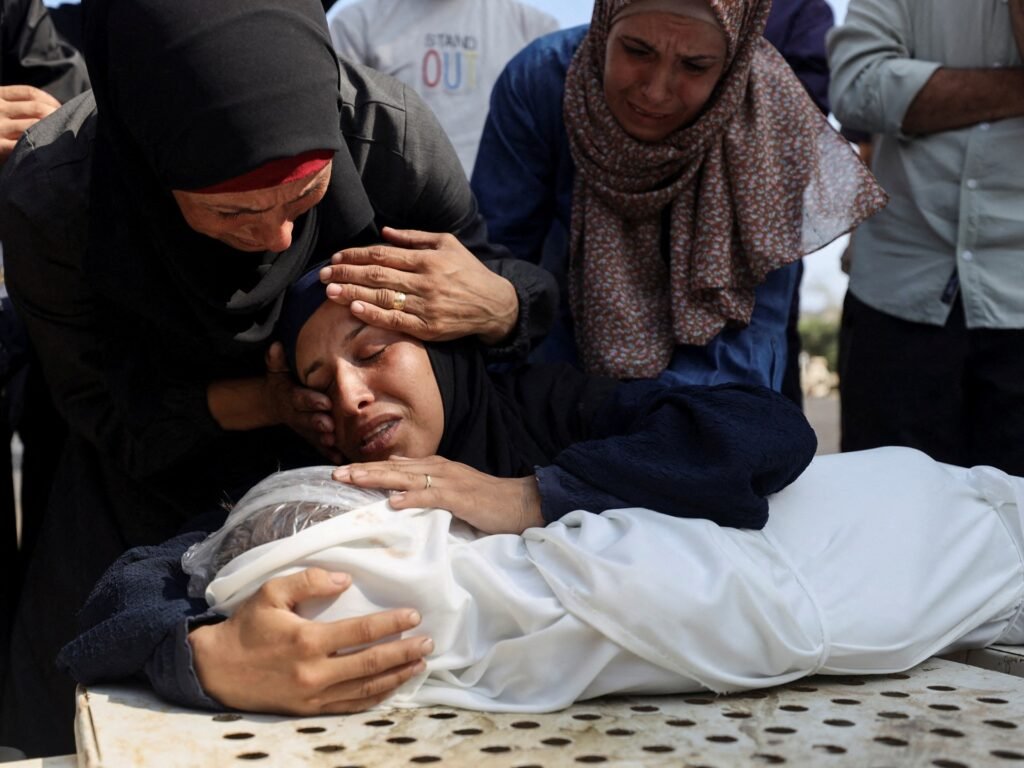Since the 20th National Party Congress in October 2022, China’s People’s Liberation Army (PLA) has been rocked by an unprecedented wave of purges targeting its senior leadership. Over 20 high-ranking officers across all four military branches have vanished from public view or been abruptly removed from their posts. Among the most striking developments is the removal of half the uniformed members of the Central Military Commission (CMC) — the CCP’s top military oversight body — within less than a year. This purge includes Defence Minister Li Shangfu, Political Work Department chief Miao Hua, and Vice Chair He Weidong, all closely linked to President Xi Jinping and his inner circle, according to Foreign Affairs.
The timing and scale of these purges send a clear message: Xi is ruthlessly consolidating control over the PLA as he pushes toward his ambitious goal of military modernisation by 2027, the centennial of the PLA’s founding. According to former CIA Director Bill Burns, 2027 is also the deadline by which Xi expects the PLA to be “ready to conduct a successful invasion” of Taiwan — an ominous benchmark underscoring the stakes behind these internal upheavals.
However, Foreign Affairs highlights the paradox at the heart of Xi’s purges: while intended to strengthen the PLA’s discipline and loyalty, the sudden removal of seasoned leaders threatens to severely degrade the military’s readiness and effectiveness. The purges are likely to disrupt weapons modernisation programs, delay critical command decisions, and sap morale among officers who now operate under a cloud of suspicion and risk aversion. Furthermore, key decision-makers with crucial operational expertise, such as He Weidong—previously head of the Eastern Theatre Command, which would lead any Taiwan operation—are no longer in place.
Underlying the purges are multiple suspected causes. Corruption is a persistent problem within the PLA, and the massive expansion of China’s defence budget since 2012 has generated fertile ground for graft, especially in weapons procurement. Li Shangfu’s removal follows investigations into major figures tied to the Rocket Force’s rapid ballistic missile buildup, a program vulnerable to abuse and mismanagement. Additionally, Miao Hua’s oversight of personnel appointments may have sparked his downfall if promotions were driven by patronage rather than merit, exacerbating factionalism and power struggles within the military’s ranks.
Xi’s purge strategy also reflects a deep insecurity dilemma. With the PLA enjoying significant autonomy and possessing technical military expertise beyond the party’s direct supervision, Xi struggles to ensure loyalty and competence simultaneously. By removing generals who might build rival power bases or fail to meet his strategic objectives, Xi aims to reassert party dominance. Yet this centralisation of power and the ensuing political paranoia can undermine the very operational agility the PLA needs to execute complex joint operations — such as an amphibious assault on Taiwan.
Historically, China’s leadership has not hesitated to commit the PLA to conflict despite internal weaknesses or unfavourable conditions. Foreign Affairs draws parallels with the Korean War intervention in 1950, the 1962 Sino-Indian border war, and the 1979 Vietnam invasion—all launched amid political turmoil and military unpreparedness. These precedents suggest that if Xi deems military action necessary, he may order the PLA into battle regardless of its current readiness.
In sum, the ongoing PLA purges reveal a leadership walking a precarious tightrope. Xi Jinping’s ambition to forge a modern, loyal, and capable fighting force is colliding with the practical realities of disruption, mistrust, and degraded command cohesion. While the purges may ultimately streamline the PLA under Xi’s control, they raise urgent questions about China’s near-term military effectiveness—particularly if a crisis over Taiwan erupts before the PLA fully recovers.
By Vugar Khalilov

